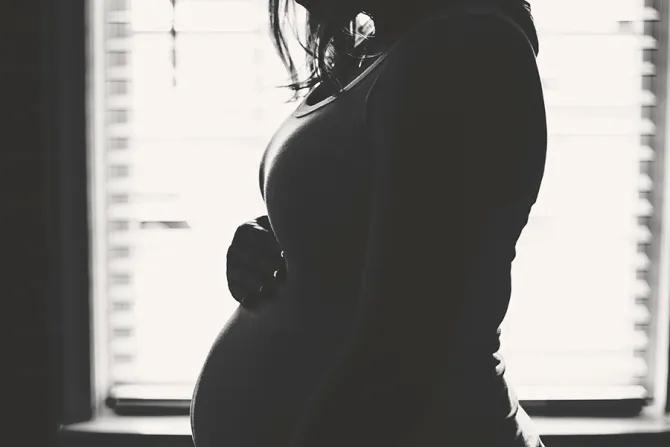Washington D.C., Dec 8, 2017 / 14:00 pm
A report from the U.S. Center for Disease Control and Prevention (CDC) found that abortion rates in the country are at a historic low since the nationwide legalization of abortion in 1973.
According to the study, abortion rates have fallen 22 percent between the years of 2005-2014. In 2014, the CDC cited 653,639 performed abortions, while over 1.4 million abortions took place in 1990.
"The CDC report indicates the percentage of abortion rates declined across all race, ethnic, and socio-economic backgrounds, which means pro-lifers are continuing to make great strides in protecting women and the unborn child," Kathleen Neher, the president of the National Catholic Social Workers Association, told CNA.
The study included both surgical abortions and chemical abortions, which include abortifacient pills that end a pregnancy before 8 weeks gestation.
A number of different factors are playing into the overall decline in abortions. The CDC reported that "the proportion of pregnancies in the United States that were unintended decreased from 51 percent in 2008 to 45 percent during 2011–2013." It pointed to increased use of long-acting contraceptives such as IUD and hormonal implants as one reason for this decrease.
However, another factor is the declining birthrate in the U.S. The National Center for Health Statistics found that the number of babies delivered in the U.S. has declined by about 1 percent over the past few years. It said that 3,941,109 babies were born in the U.S. in 2016, which was 37,388 fewer babies than were born in 2015.
Fertility rates hit a record low in the U.S. in 2016, bringing the number of births to 62.0 per 1,000 women, compared to the previous 62.5 births.
"People are choosing less frequently to be parents, and women who are pregnant are choosing less frequently to abort the baby," said James Studnicki, a statistics expert from the Charlotte Lozier Institute, according to The Hill.
While Neher considers the overall decline of abortions to be a positive sign, she had additional concerns about the high number of women living in poverty who are still choosing abortion.
"This is a concern, as various factors contribute to these decisions – the day-to-day complexities of economic challenges, and the break-down of the family in our society, often leaving women to make these choices on their own," Neher said.
"The response to this is to support and offer women alternative choices," she continued, saying efforts to promote alternatives should include support for adoption, prenatal care, housing, and connecting women to programs that care for the dignity of both mother and child.
The number of abortions could potentially hit an even lower rate in the year to come. Of the abortions performed in 2014, about 1.3 percent took place after 20 weeks gestation. The practice of abortions after 20 weeks could be outlawed if the Pain-Capable Unborn Child Protection Act becomes a law. The bill has passed the House but is currently pending in the Senate.
While the CDC numbers do show an overall decline in abortions, the study is limited in its findings. States are not obligated to report their abortion data, and California, New Hampshire and Maryland did not include their numbers in the report.


